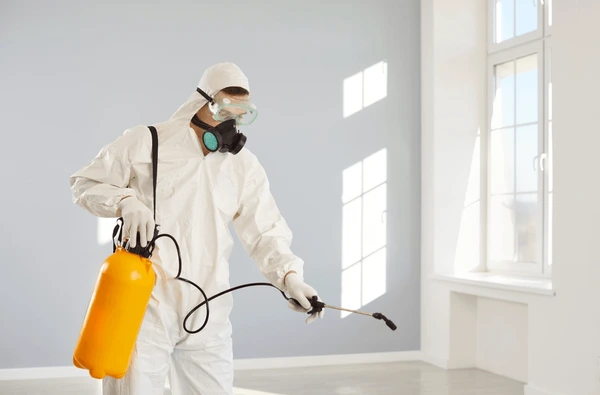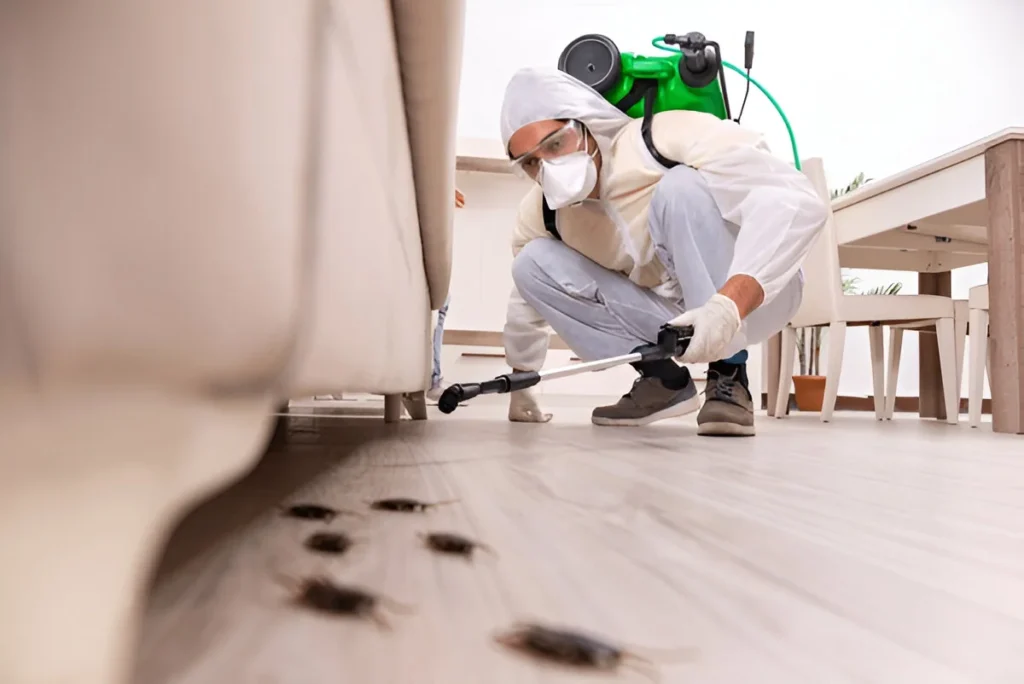-
Govind Bhawan,Kolkata - 700001
Govind Bhawan,Kolkata - 700001

Wondering what to do after pest control treatment? Learn essential safety steps, cleaning tips, and preventive measures from experts at a reputed Pest Control Company to keep your home pest-free and safe for your family.
Pest control treatments are an effective way to reclaim your home from unwanted invaders like cockroaches, ants, termites, or rodents. But what you do after the pest control process is just as important as the treatment itself. Many homeowners overlook this stage, not realizing that the right post-treatment care can make results last longer and ensure complete safety for everyone at home.
This article will walk you through expert-recommended steps on what to do after pest control treatment, how to clean safely, what to avoid, and how to maintain a pest-free environment for the long term.
When pest control professionals finish their work, the job isn’t entirely over. The chemicals or eco-friendly solutions they use need some time to act effectively. Additionally, certain measures can enhance their impact and protect your home from reinfestation.
Proper aftercare ensures:

Once pest control is done, it’s natural to feel relieved—but before you settle in, take a few precautions to safeguard your living environment.
A clean home is a pest-free home — but over-cleaning too soon can reduce the effectiveness of pest control products. Here’s how to find the right balance.

To ensure lasting results, follow these essential dos and don’ts.
After pest control, you might notice increased pest activity for a few days. This doesn’t mean the treatment failed — in fact, it’s a positive sign.
Here’s why:
Keep an eye out for:
If such signs persist, schedule a follow-up inspection.
Post-treatment care doesn’t stop at cleaning. Prevention is the real key to long-term protection.
While home care is crucial, professional guidance ensures thorough pest elimination. Experts use targeted treatments, safe chemicals, and advanced methods that reach hidden areas — far beyond what DIY efforts can achieve.
Reliable providers like Pestonix, recognized as the Best Pest Control Company in Kolkata, follow eco-safe, scientific approaches to deliver long-lasting results while ensuring your family’s safety. They also offer maintenance tips, follow-up visits, and customized solutions based on your home’s pest risks.

1. How long should I wait before entering my home after pest control?
It’s best to wait at least 3–4 hours to allow fumes to settle and chemicals to take effect.
2. Can I mop floors immediately after pest control?
Avoid mopping for at least 24 hours, or as advised by your pest control technician.
3. Is it normal to see more insects after treatment?
Yes. The treatment drives pests from hiding spots, which means it’s working.
4. Should I remove pets during pest control?
Yes. Keep pets away from treated areas until surfaces are completely dry and ventilated.
5. How often should I schedule pest control services?
For best results, schedule professional pest control every 3–6 months depending on pest intensity.
6. Are eco-friendly pest control methods effective?
Absolutely. Modern solutions are both safe and highly effective when applied by professionals.
The true success of any pest control treatment lies not just in the process but in the care you take afterward. By following expert-recommended guidelines — from safe cleaning practices to consistent prevention — you can extend the effectiveness of your treatment and enjoy a hygienic, pest-free living space.
If persistent pest issues arise despite your best efforts, trust specialists like Pestonix for advanced inspection and treatment. With professional support and mindful aftercare, your home can stay protected, healthy, and peaceful for the long run.